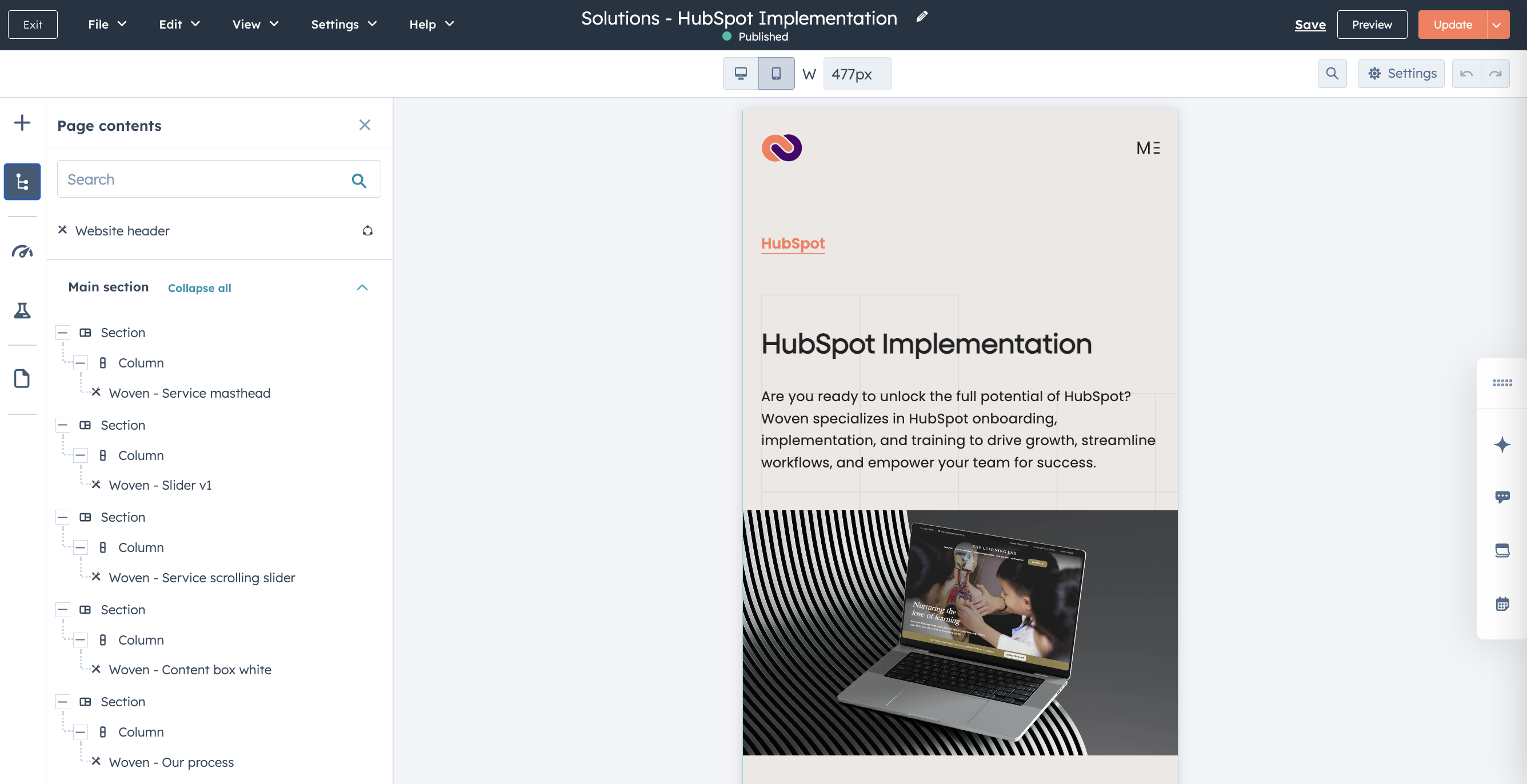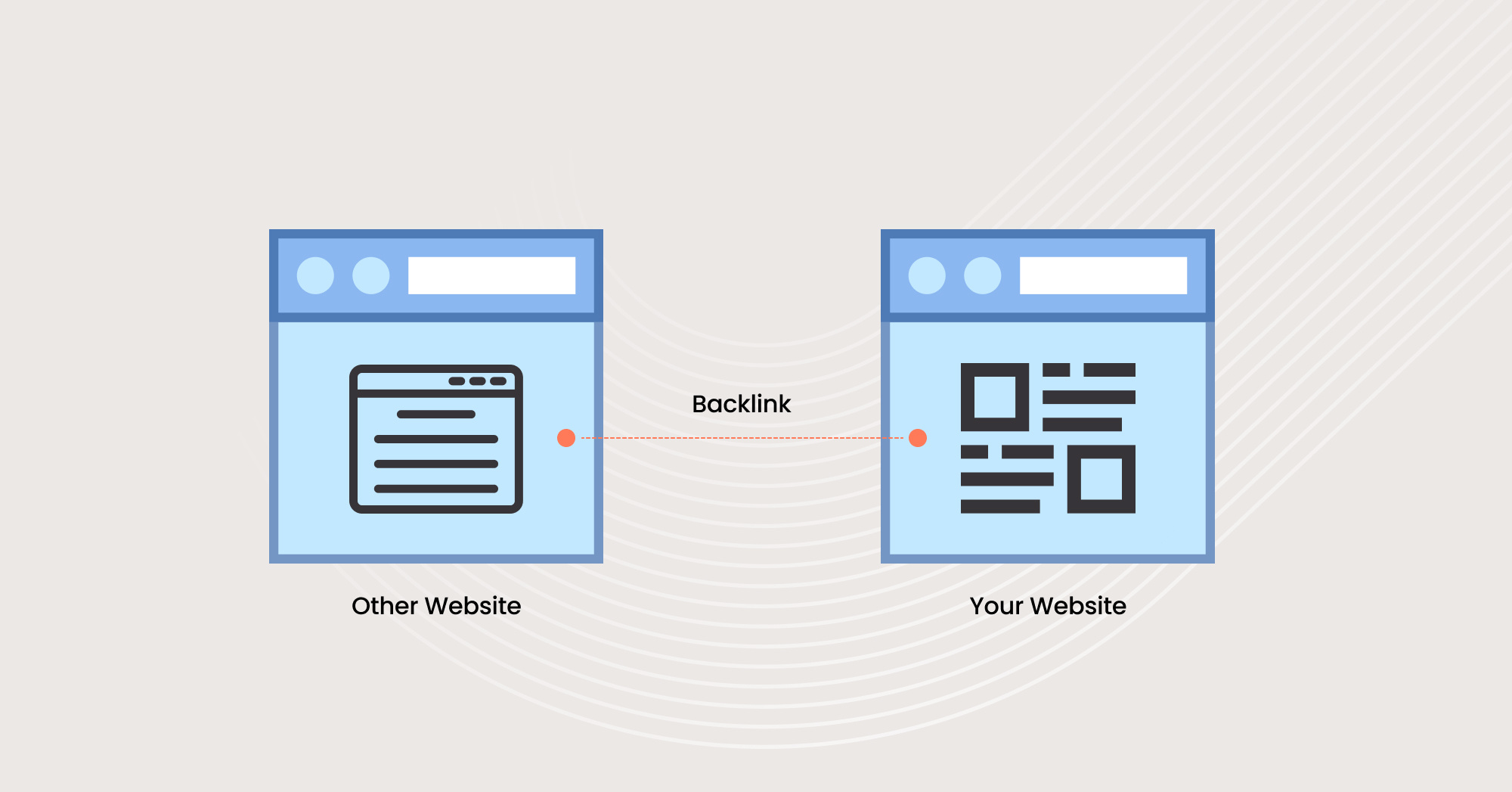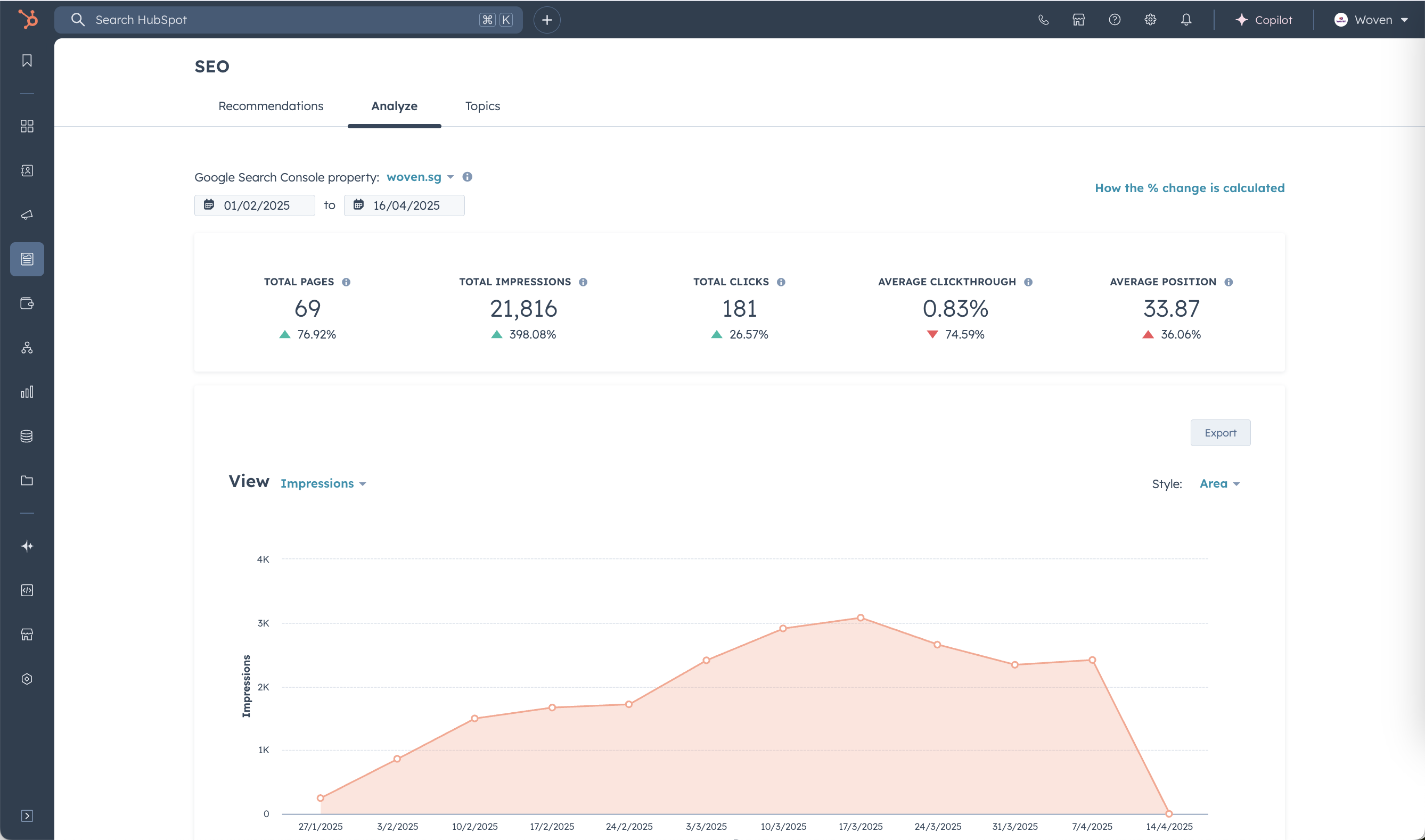Driving organic traffic to your website is one of the most effective ways to grow your business without relying on paid advertising. Organic traffic, which comes from search engines like Google and Bing, is often more valuable because it brings in users who are actively searching for solutions related to your business.
However, achieving and maintaining high levels of organic traffic requires a consistent and strategic approach. Here are some of the best practices you should follow to drive sustainable organic traffic to your website.
Optimise for User Intent

At the heart of any successful organic traffic strategy is an understanding of user intent. When people perform searches, they are looking for answers, and your content should be optimised to match those queries. Google’s algorithms are increasingly focused on delivering results that align with the user’s intent, whether that’s finding information, comparing products, or making a purchase.
To capture this intent:
• Conduct keyword research to identify high-value terms that your target audience is searching for.
• Group keywords by intent (informational, navigational, transactional).
• Create content that addresses these queries comprehensively and aligns with your audience’s needs.
Create High-Quality, Relevant Content

Search engines reward websites that provide valuable, high-quality content. Your content should not only be well-written but also comprehensive enough to answer your audience’s questions thoroughly. This is especially true in competitive niches where multiple websites are vying for the same audience.
• Focus on long-form content that covers topics in-depth, providing value to the reader.
• Use visual elements like images, infographics, and videos to break up text and make your content more engaging.
• Update old content regularly to keep it fresh and relevant.
Improve On-Page SEO

On-page SEO refers to optimising individual pages to rank higher and attract more relevant traffic. This includes everything from meta descriptions to the structure of your content.
To optimise for on-page SEO:
• Use descriptive meta titles and meta descriptions that include your target keywords.
• Ensure your headings (H1, H2, H3) are properly structured to organise your content.
• Optimise your URL structure for simplicity and relevance.
• Include internal links to guide users through your site and help search engines crawl your content more effectively.
Focus on Mobile Optimisation

With more than half of all global web traffic coming from mobile devices, optimising your site for mobile is critical. Google also uses mobile-first indexing, meaning the mobile version of your website is prioritised for ranking purposes.
To ensure your site is mobile-friendly:
• Use responsive design that adapts to different screen sizes.
• Enhance page speed on mobile devices to avoid delays in loading. You could use our website grader to boost your site's performance.
• Simplify your website’s navigation for smaller screens.
Build High-Quality Backlinks

Backlinks are one of the most influential ranking factors for search engines. A backlink is a link from another website that points to your site. When reputable websites link to your content, it signals to search engines that your site is trustworthy and authoritative.
To build high-quality backlinks:
• Create shareable content like original research, infographics, and case studies that others will want to link to.
• Reach out to industry blogs and publications to pitch guest posts or request links to your content.
• Engage in partnerships with other businesses in your niche to generate mutual backlinks.
Use HubSpot’s SEO Tools for Optimisation

While this article is focused on general SEO practices, it’s worth mentioning that HubSpot’s SEO tools can help streamline your efforts. HubSpot provides keyword research, page performance insights, and technical SEO analysis, all designed to help you improve your organic visibility.
These tools allow you to:
• Identify opportunities to optimise your content.
• Ensure your site is meeting technical SEO standards like page speed and mobile friendliness.
• Track your keyword rankings and organic traffic over time.
Conclusion: Build Sustainable Organic Traffic with Best Practices
Driving organic traffic is a long-term strategy that requires continuous effort. By focusing on user intent, creating high-quality content, improving on-page SEO, and building authoritative backlinks, you can establish your website as a valuable resource in your industry. HubSpot’s SEO tools provide additional support, helping you to track your performance and optimise your website for better rankings.
Ready to take your organic traffic strategy to the next level? Contact Woven today to learn how we can help you implement a comprehensive SEO strategy using HubSpot’s powerful tools.









